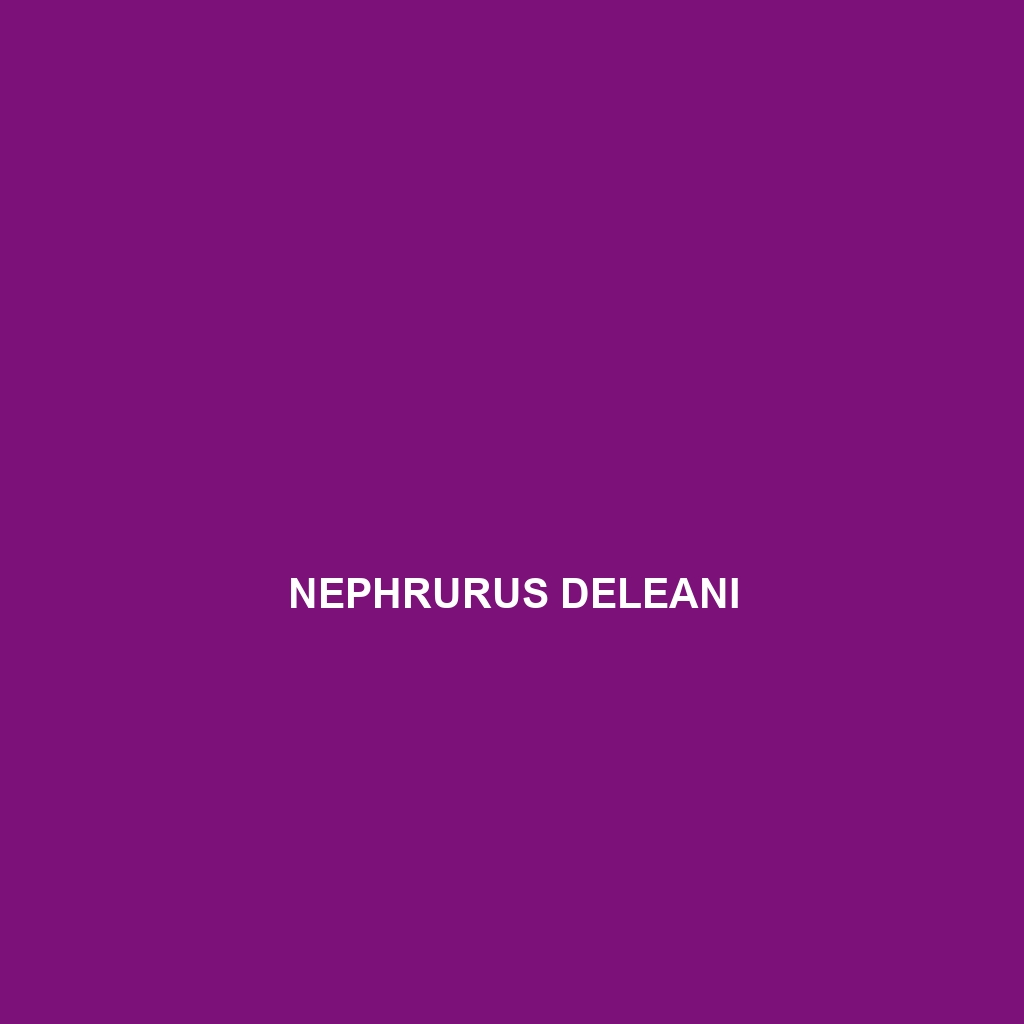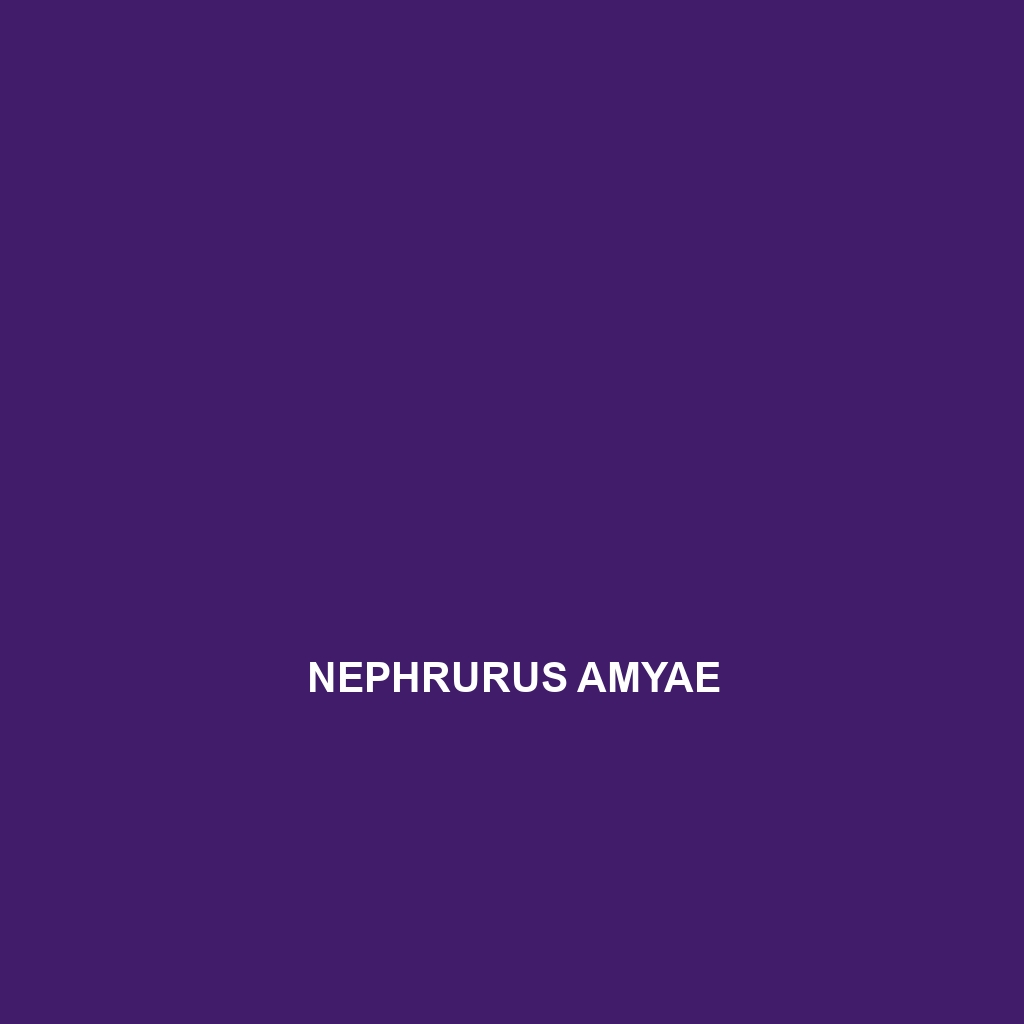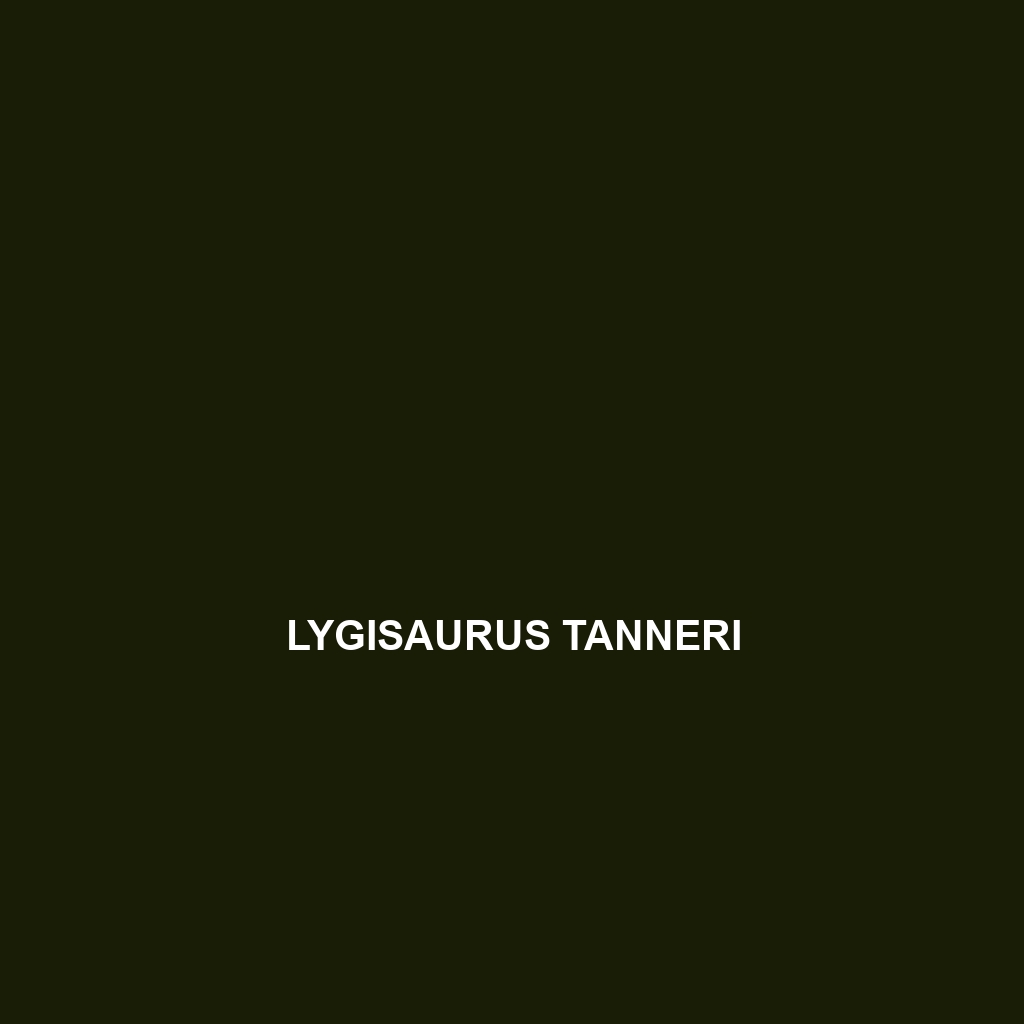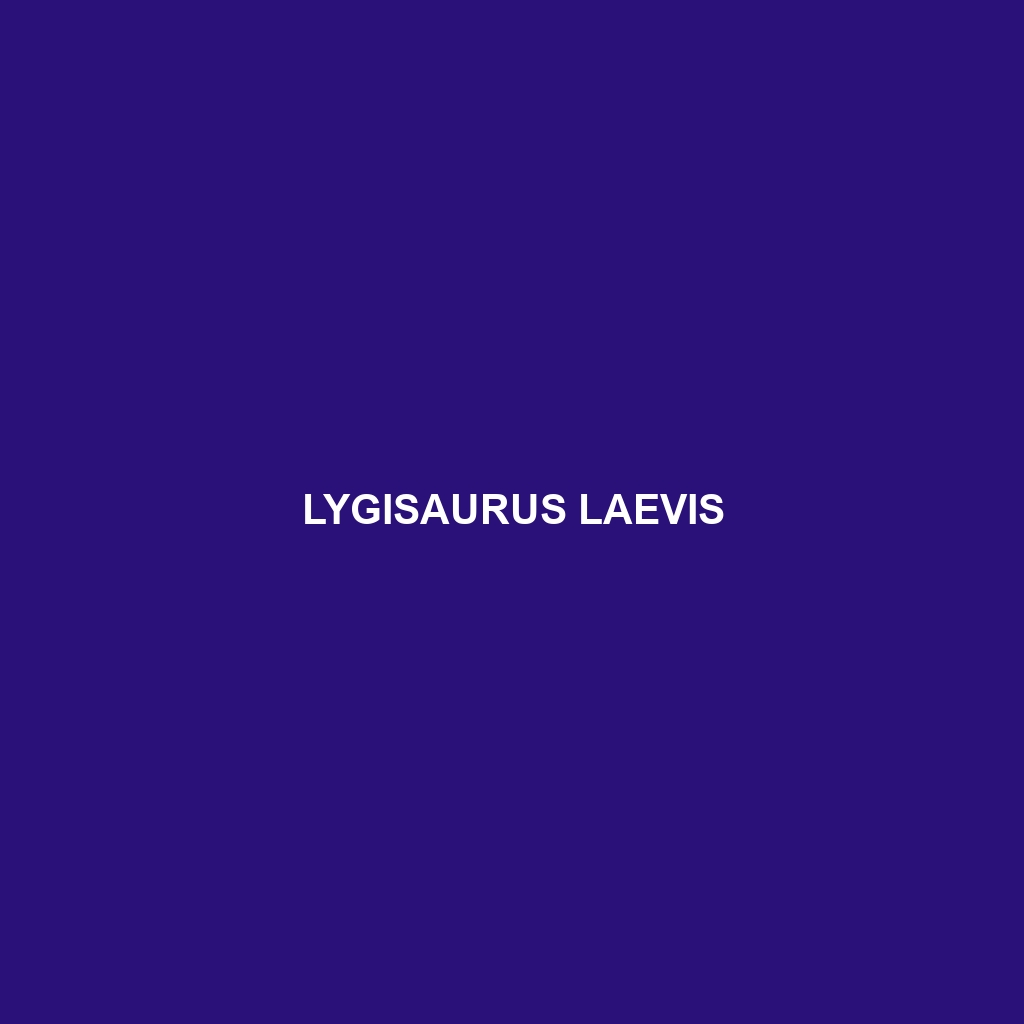<p><b>Pygopus robertsi</b>, or Roberts' legless lizard, is a fascinating insectivorous species found in eastern Australia, characterized by its elongated, limbless body and camouflaging colors. Primarily nocturnal, it plays a crucial role in maintaining insect populations and serves as both predator and prey within its subtropical forest habitat.</p>
Tag: Australian lizards
Pseudemoia spenceri
<strong>Pseudemoia spenceri</strong>, or Spencer's Skink, is a diurnal insectivore known for its robust, elongated body measuring 15 to 25 cm, with smooth, glossy scales in brown and gray hues. Native to southeastern Australia, these skinks thrive in temperate forests and rainforests, playing a crucial role in regulating insect populations and maintaining ecosystem balance.
Pygopus robertsi
<p><b>Pygopus robertsi</b>, or Roberts' legless lizard, is a fascinating insectivorous species found in eastern Australia, characterized by its elongated, limbless body and camouflaging colors. Primarily nocturnal, it plays a crucial role in maintaining insect populations and serves as both predator and prey within its subtropical forest habitat.</p>
Pseudemoia spenceri
<strong>Pseudemoia spenceri</strong>, or Spencer's Skink, is a diurnal insectivore known for its robust, elongated body measuring 15 to 25 cm, with smooth, glossy scales in brown and gray hues. Native to southeastern Australia, these skinks thrive in temperate forests and rainforests, playing a crucial role in regulating insect populations and maintaining ecosystem balance.
Nephrurus deleani
Discover the fascinating Nephrurus deleani, a nocturnal lizard native to the arid regions of Australia, recognized for its robust body, prehensile tail, and distinctive locomotion. This insectivorous species thrives in savanna and dry forest habitats, playing a crucial role in regulating insect populations while showcasing remarkable adaptability in its harsh environment.
Nephrurus amyae
<p>Discover the <b>Amy's knob-tail gecko (<i>Nephrurus amyae</i>)</b>, a unique nocturnal lizard native to Australia’s arid regions, characterized by its distinctive knob-like tail and vibrant coloration. This insectivorous gecko thrives in sandy habitats, skillfully blending into its surroundings while playing a vital role in maintaining ecosystem balance.</p>
Menetia concinna
Discover the vibrant Menetia concinna, or Common Garden Skink, a sleek lizard found in diverse habitats across Australia and New Guinea. With its smooth, glossy skin and ability to adapt to urban environments, this insectivorous species plays a vital role in controlling pest populations while showcasing fascinating behaviors like tail regeneration and playing dead when threatened.
Lygisaurus tanneri
Lygisaurus tanneri, a small to medium-sized lizard native to the rainforests and temperate forests of northeastern Australia, features a prehensile tail, smooth shiny scales, and a diet mainly consisting of invertebrates. This agile, diurnal species plays a vital role in its ecosystem by controlling insect populations and aiding in seed dispersal.
Lygisaurus laevis
<b>Lygisaurus laevis</b> is a small, diurnal lizard native to the rainforests of southeastern Australia, displaying smooth, glossy scales that range in color from brown to green. Primarily insectivorous, these adaptable reptiles are crucial for maintaining ecological balance, serving as both predators of insects and prey for larger species.
Lucasium microplax
<p><b>Lucasium microplax</b> is a small to medium-sized skink native to northern Australia, thriving in tropical rainforests and savannas. Known for its distinctive striping and diurnal behavior, this insectivorous lizard plays a crucial role in controlling insect populations and maintaining ecological balance.</p>









